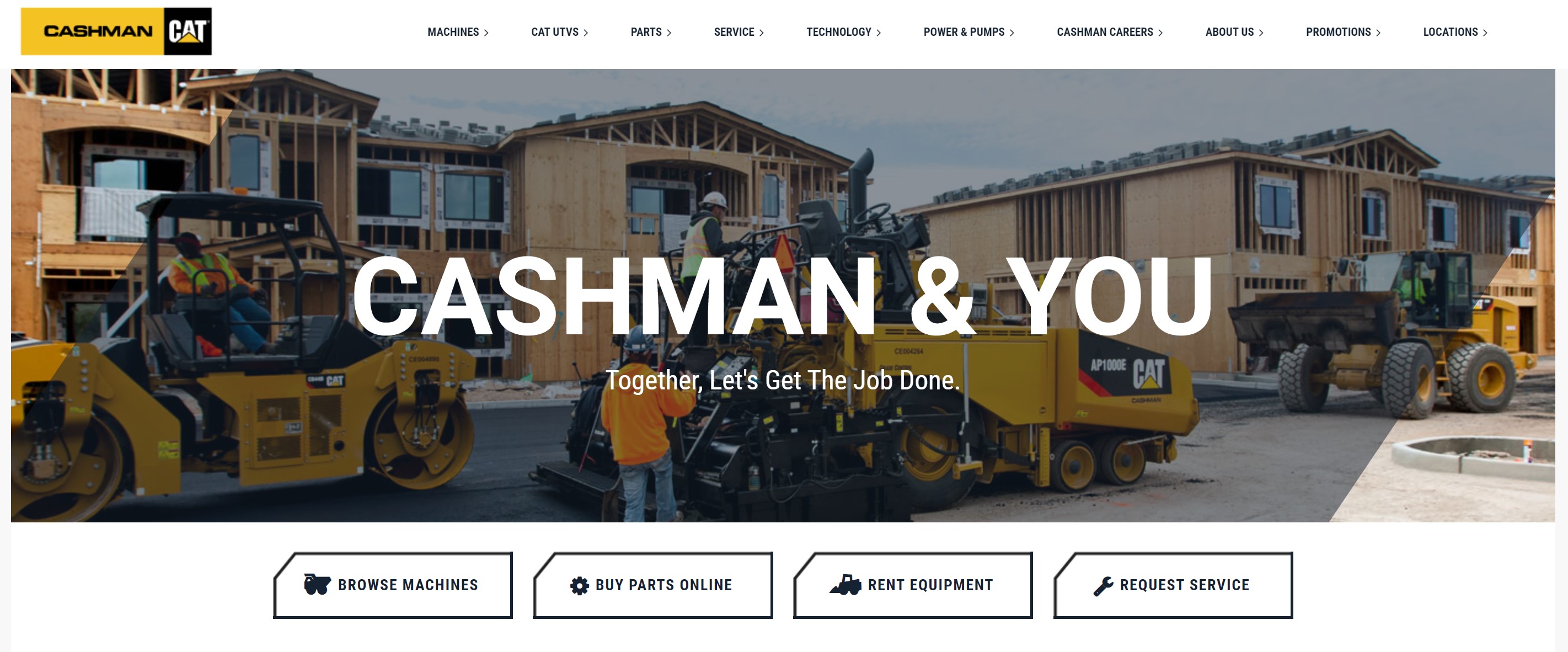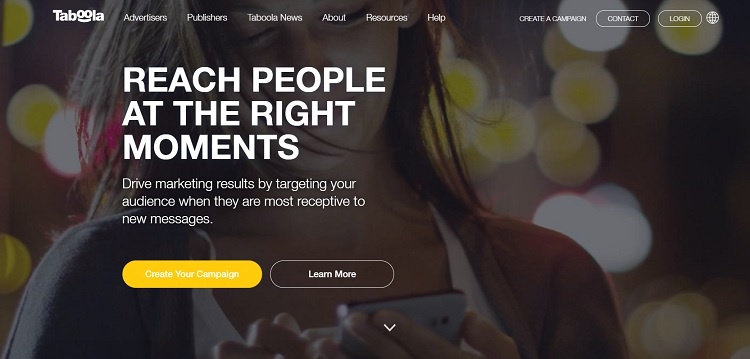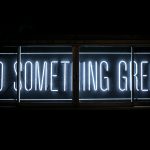How to Build a Brand Identity on Your Landing Page
Your brand identity is the way the outside world sees you. There are many ways of guiding users toward the side of your personality you most want to show. Who you are isn’t going to be the same for every audience segment you have. If you service consumers (B2C) and businesses (B2B), then you’ll offer distinct differences. One thing you can control, however, is what you put on your landing pages and how they reflect the image you wish to present.
In a look at the top 500 landing pages, researchers found a mere 6% came from INC 5,000 companies. The majority of the best landing pages came from small businesses like yours. That means you have an opportunity to create a brand legacy and do it just as well as companies with much more money at their disposal.
Here are eight key factors you should focus on as you build your pages and a few examples of other businesses doing branding particularly well.
1. Choose Typography
Figure out what type matches your personality as a brand. For example, if you run a university, then you might go with a more traditional serif font. On the other hand, if you run the hottest yoga studio in town, you may need something a bit more modern and decorative. Think about which types show off who you are as a brand and use them consistently on your landing pages. Make sure you add them to your style guide, so your site’s pages are consistent.
2. Understand Your Goal
Before you add anything to a landing page, you must fully understand the goal behind it and the ultimate reaction you want from the user. Do you want to convert site visitors into newsletter subscribers, sell them a product or just get information in their hands? Once you know the goal, it’s much easier to make sure you point them toward it while still maintaining your identity as a company. You can eliminate anything other than information that guides them and branding info, such as a logo and color scheme.

Athabasca University understands its target audience well. Its typical student is working and going to school to achieve financial freedom. It ties this into its brand personality by adding a background filled with butterflies to represent morphing into something better. The taglines on the page point to its and potential students’ goals. The color scheme matches the university colors and brands it as a serious institution.
3. Pick Colors Wisely
With a landing page, you have a limited space to get the idea across. Colors can make a visual impact without using up precious space you need to share information on your product or service. Different shades create a variety of emotions in users, so choose them wisely and then stick with them. This allows people to begin associating those tones with your company. Think about big brands such as Coca-Cola — white and red — or UPS — brown and gold. When you see those colors on a truck or packaging, you instantly recognize the brand.
4. Utilize a Tagline
A tagline defines who you are as a company in a few short words. Think about some of the more famous brands, such as McDonald’s with “I’m Lovin’ It” or L’Oreal’s “Because You’re Worth It.” Your tagline should focus on the user and why your brand is important to them.

Cashman Equipment does a good job of adding a strong tagline to its landing page right in the slider area. It uses large typography, a current trend in design, to highlight its personality. The tagline reads, “Together, let’s get the job done.”
5. Use Custom URLs
Another part of building a brand and consistency involves pointing users to your domain with a custom name that defines your business. Amazon.com doesn’t lead people to 15 other domains when highlighting its products in search results. They all go back to its page and to specific categories that match the products. The site hierarchy is intuitive and easy to remember. Your landing pages must be part of your domain, and even within specific subfolders, so those pages are easy to find again.
6. Include a Logo
Your logo is the face of your brand. Including your logo on landing pages marks it as belonging to your company. It also gives visitors a handy navigation tool to point back to the main page of your site, should they land on a page not related to their needs. The logo should reflect your colors and personality, just like every other aspect of your image.

Taboola has a distinctive logo on the upper right of the page that shows the fun side of the brand. Users expect to see the logo near the top of the page and typically to the left or center. They also know that most logos are clickable and will navigate them back to the main page.
7. Standardize Your CTAs
Outside of testing different colors and sizes to see what works best with your users, you should standardize your calls to action (CTAs) so people know where they’re located and what to expect. Imagine a visitor who has already invested in a course you offer. They come back to your page looking for a second course. They don’t need to be convinced — they’re ready to navigate right to the action and sign up. Make that easy for your repeat users by placing the CTA in the same location with the same colors and look every time.
8. Determine an Image Style
Just as you define the brand’s colors, logo and typography, you should also have some standards for the types of images you use. If your goal is to create a fun experience for users and your typography is lighthearted and modern, don’t shift toward serious photos that take over your page. Make sure any pictures you use are highly relevant to the content and match the overall personality of your brand. Use them in consistent places and similar sizes on each landing page.
Tear Down Walls
Businesses are often cautious about showing their personal side. People can be judgmental, and the last thing you want is to alienate any of your audience. However, sharing the heart of your brand and what you’re truly passionate about can help highlight what makes you different from other companies. Spend time showing users what’s special about you, and they’ll be much more likely to remember you and share news about your business with their contacts.
 Lexie is a web designer and UX strategist. She loves taking her goldendoodle on long runs and checking out local flea markets. Visit her blog, Design Roast, and follow her on Twitter @lexieludesigner.
Lexie is a web designer and UX strategist. She loves taking her goldendoodle on long runs and checking out local flea markets. Visit her blog, Design Roast, and follow her on Twitter @lexieludesigner.



